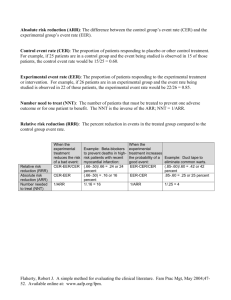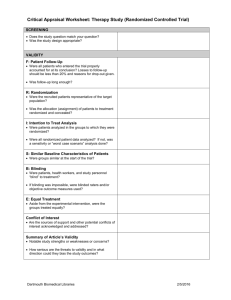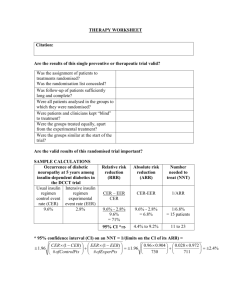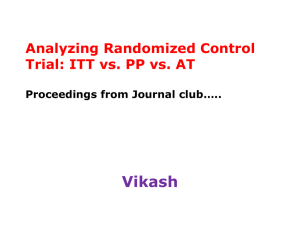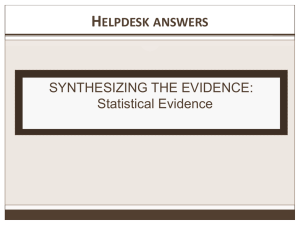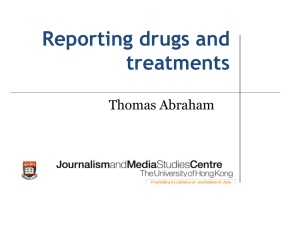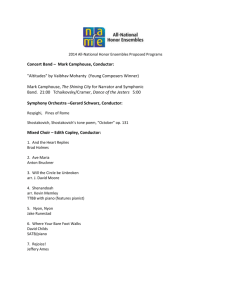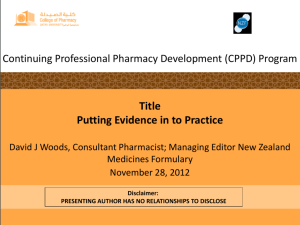Number Needed to Treat (NNT) Explained | Calculation & Examples
advertisement
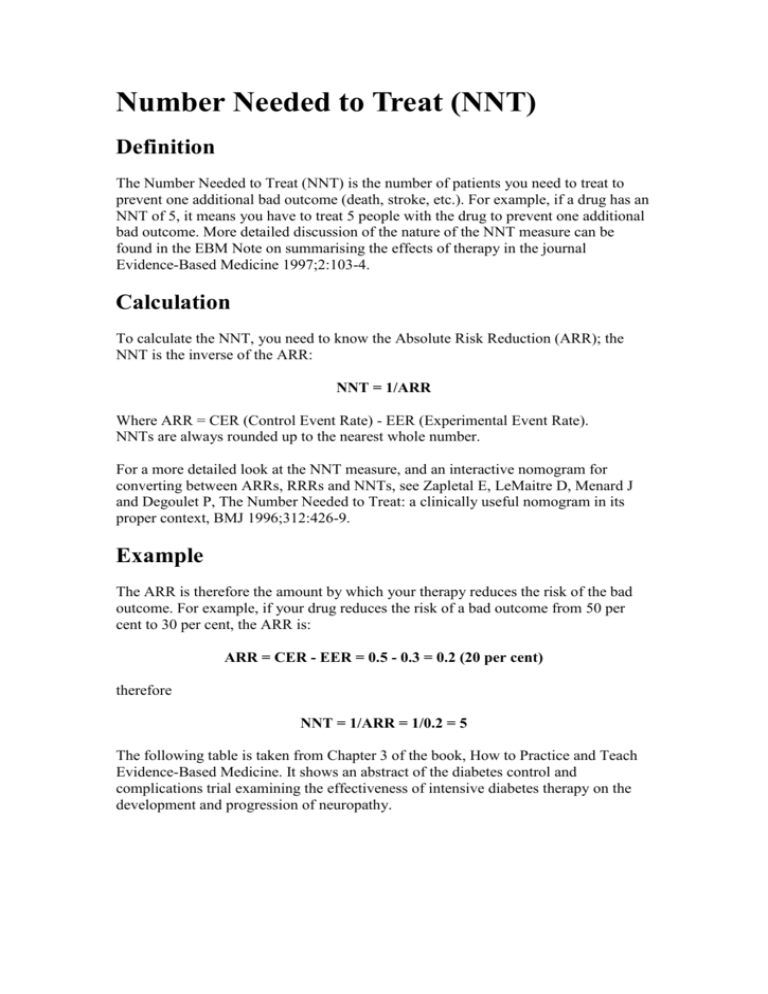
Number Needed to Treat (NNT) Definition The Number Needed to Treat (NNT) is the number of patients you need to treat to prevent one additional bad outcome (death, stroke, etc.). For example, if a drug has an NNT of 5, it means you have to treat 5 people with the drug to prevent one additional bad outcome. More detailed discussion of the nature of the NNT measure can be found in the EBM Note on summarising the effects of therapy in the journal Evidence-Based Medicine 1997;2:103-4. Calculation To calculate the NNT, you need to know the Absolute Risk Reduction (ARR); the NNT is the inverse of the ARR: NNT = 1/ARR Where ARR = CER (Control Event Rate) - EER (Experimental Event Rate). NNTs are always rounded up to the nearest whole number. For a more detailed look at the NNT measure, and an interactive nomogram for converting between ARRs, RRRs and NNTs, see Zapletal E, LeMaitre D, Menard J and Degoulet P, The Number Needed to Treat: a clinically useful nomogram in its proper context, BMJ 1996;312:426-9. Example The ARR is therefore the amount by which your therapy reduces the risk of the bad outcome. For example, if your drug reduces the risk of a bad outcome from 50 per cent to 30 per cent, the ARR is: ARR = CER - EER = 0.5 - 0.3 = 0.2 (20 per cent) therefore NNT = 1/ARR = 1/0.2 = 5 The following table is taken from Chapter 3 of the book, How to Practice and Teach Evidence-Based Medicine. It shows an abstract of the diabetes control and complications trial examining the effectiveness of intensive diabetes therapy on the development and progression of neuropathy. Derivation of clinically useful measures of therapy: Event Rates (diabetic neuropathy) RRR ARR The occurrence NNT (CER(CERUsual insulin Intensive of neuropathy (1/ARR) EER)/CER EER) regimen insulin CER regimen EER (0.0960.096- 1/0.068 in the actual trial 0.096 0.028 0.028)/0.096 0.028 = 14.7 or = 71% = 0.068 15 high hypothetical case A 0.96 low hypothetical case B 0.0096 0.28 (0.960.28)/0.96 = 71% 0.0028 (0.00960.0028)/ 0.0096 = 71% 0.960.28 = 0.68 1/0.68 = 1.47 or 2 0.00961/0.0068 0.0028 = 147 = 0.0068 Converting Odds Ratios to NNTs The formula for converting ORs to NNTs is: NNT = (1-(PEER*(1-OR))) / ((1-PEER)*(PEER)*(1-OR)) The formula for converting ORs to NNHs (Numbers Needed to Harm) is: NNH = ((PEER*(OR-1))+1) / (PEER*(OR-1)*(1-PEER)) This table can be used to convert odds ratios to NNTs: Deriving NNTs from a treatment's Odds Ratio and the observed or expected Event Rates of untreated groups or individuals: Odds Ratios CER or 0.5 0.55 0.6 0.65 0.7 0.75 0.8 0.85 0.9 1.5 2 2.5 3 3.5 4 4.5 5 10 PEER NNTs for efficacy NNHs for harm 0.05 41 46 52 59 69 83 104 139 209 43 22 15 12 9 8 7 6 3 0.1 21 24 27 31 36 43 54 73 110 23 12 9 7 6 5 4 4 2 0.2 11 13 14 17 20 24 30 40 61 14 8 5 4 4 3 3 3 2 0.3 8 9 10 12 14 18 22 30 46 11 6 5 4 3 3 3 3 2 0.4 7 8 9 10 12 15 19 26 40 10 6 4 4 3 3 3 3 2 0.5 6 7 8 9 11 14 18 25 38 10 6 5 4 4 3 3 3 2 0.7 6 7 9 10 13 16 20 28 44 13 8 7 6 5 5 5 5 4 0.9 12 15 18 22 27 34 46 64 101 32 21 17 16 14 14 13 13 11
